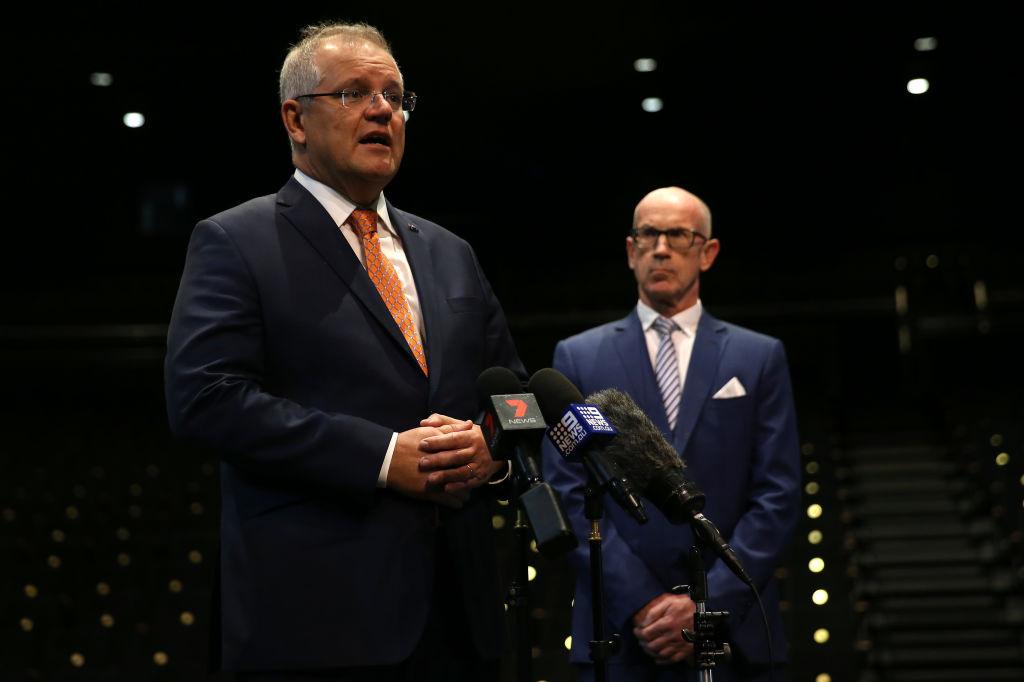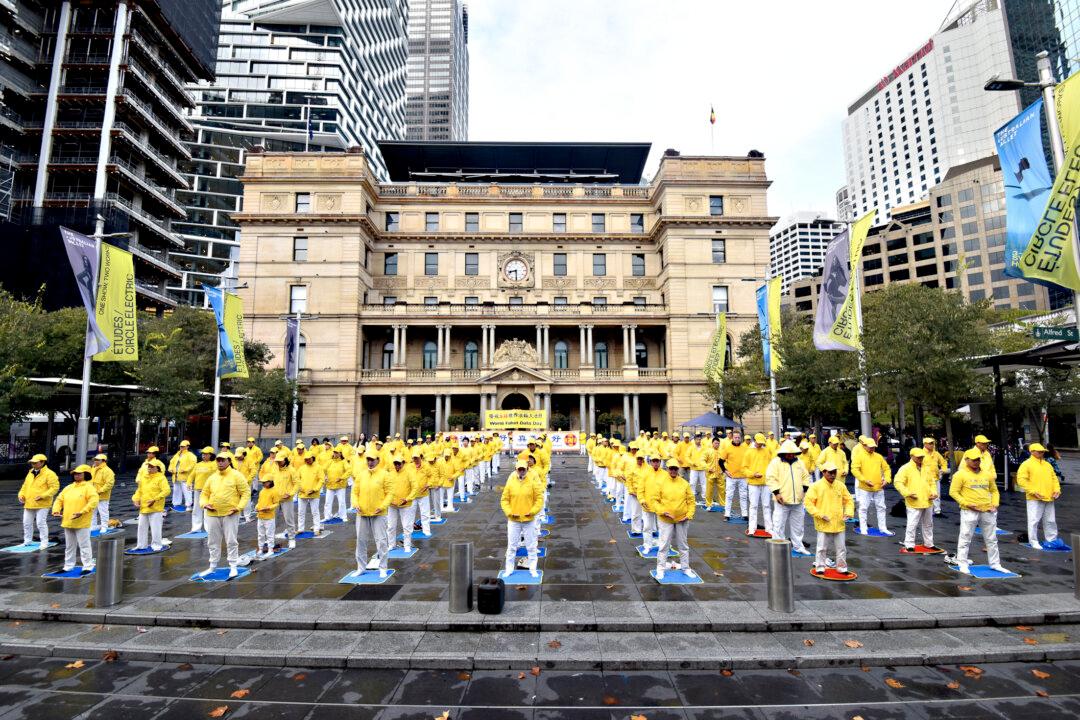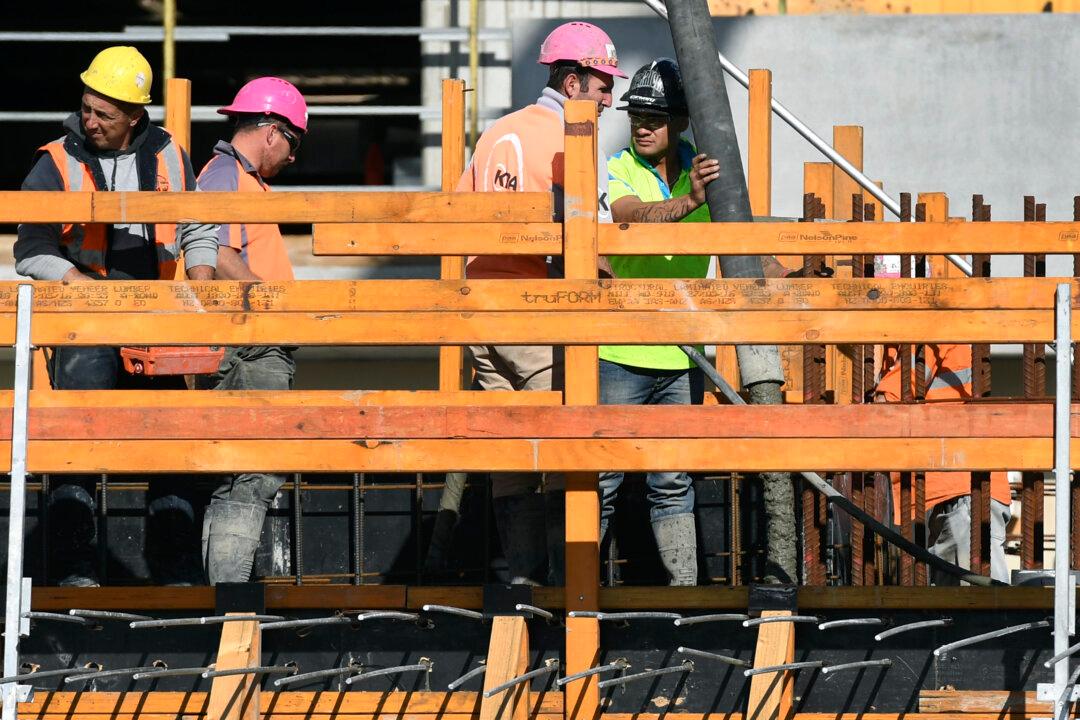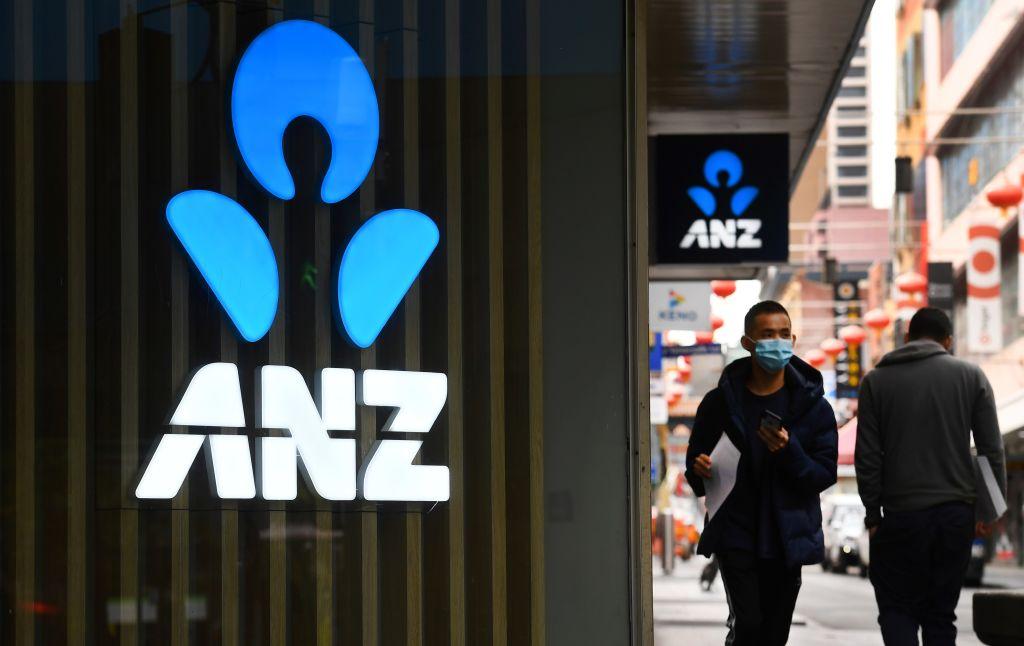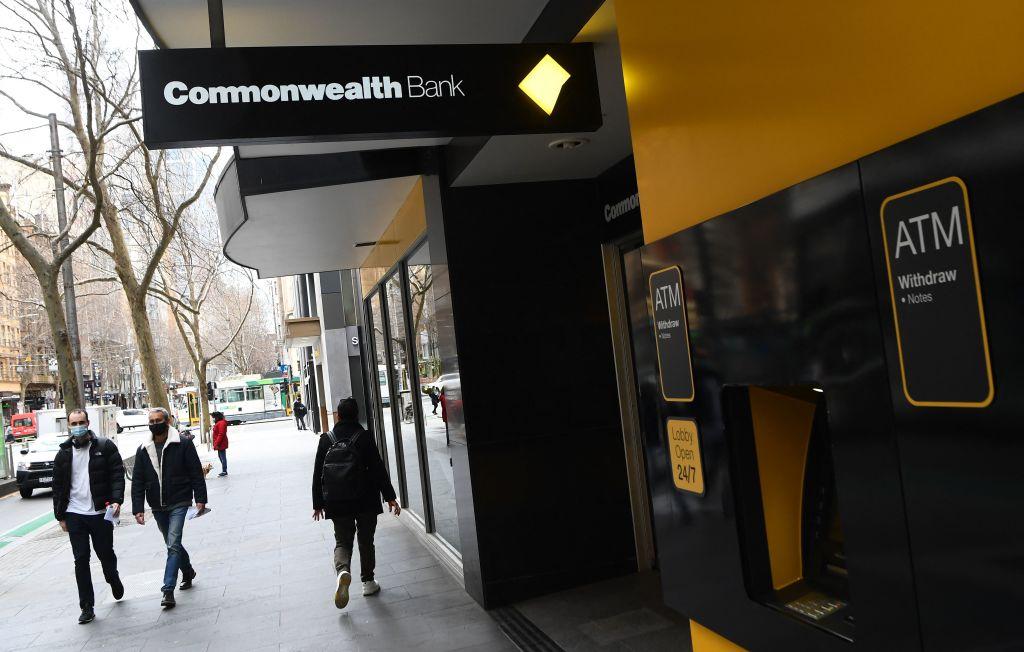The Australian government needs to inject an extra $70 to $90 billion in economic stimulus over the next two years to reduce the unemployment rate back to five percent by mid-2022, according to a new report by the Grattan Institute.
The report titled “The Recovery Book: What Australian governments should do now” (pdf) published on June 28 said that this level of economic stimulus is pivotal to a faster economic recovery.
